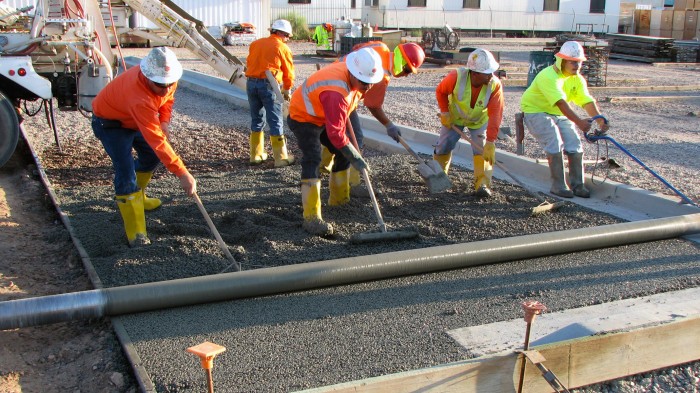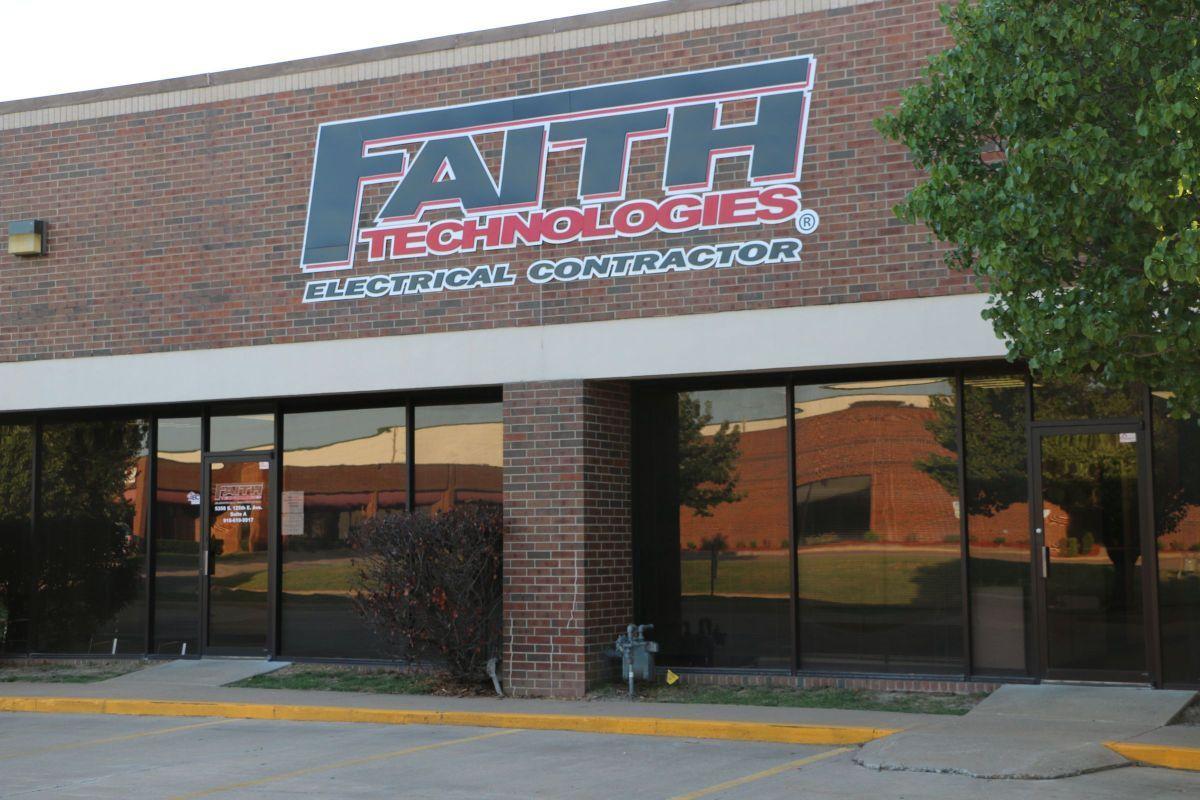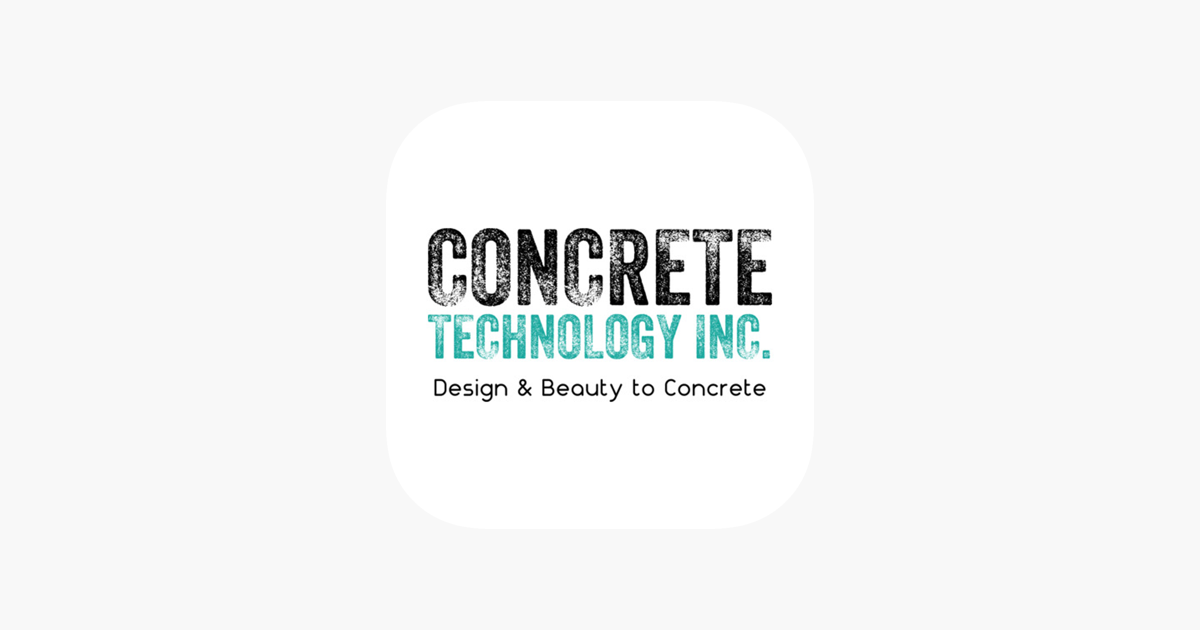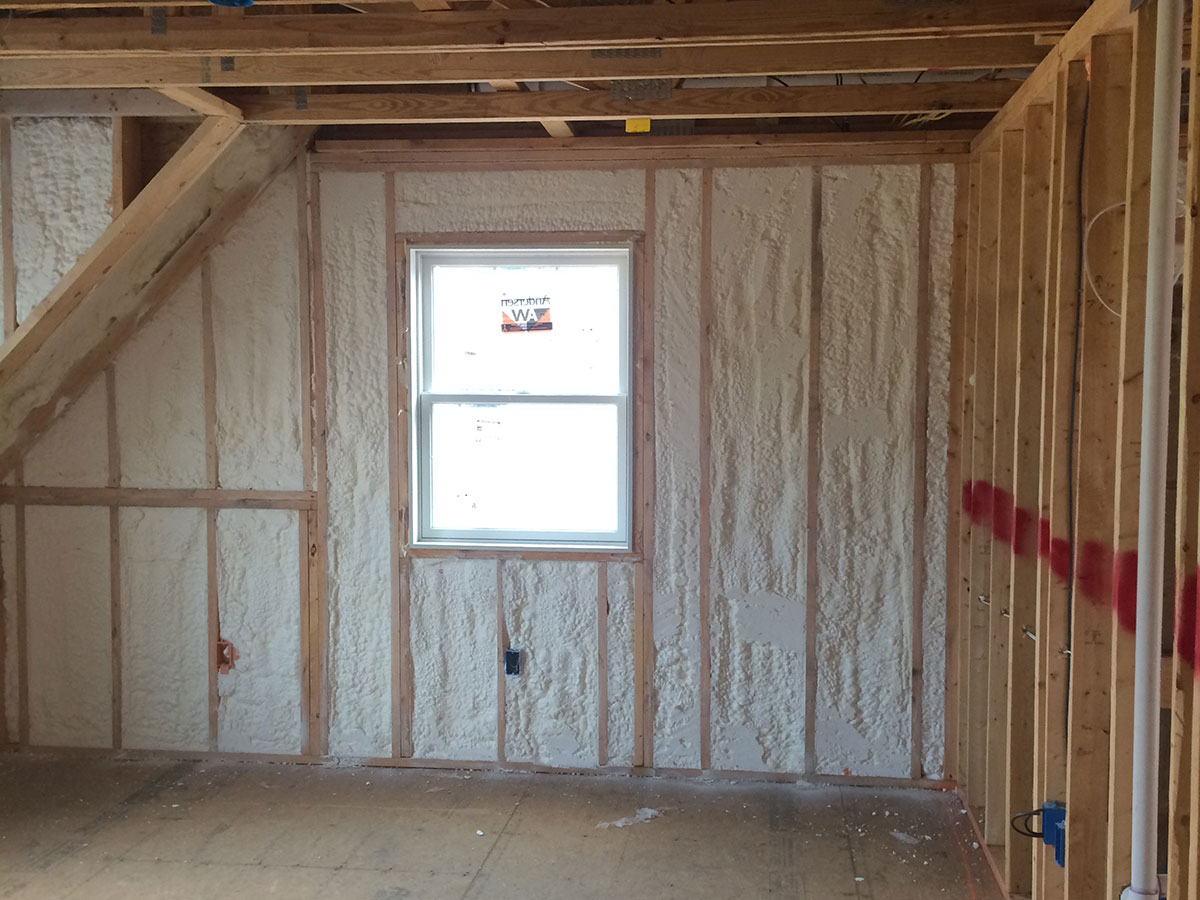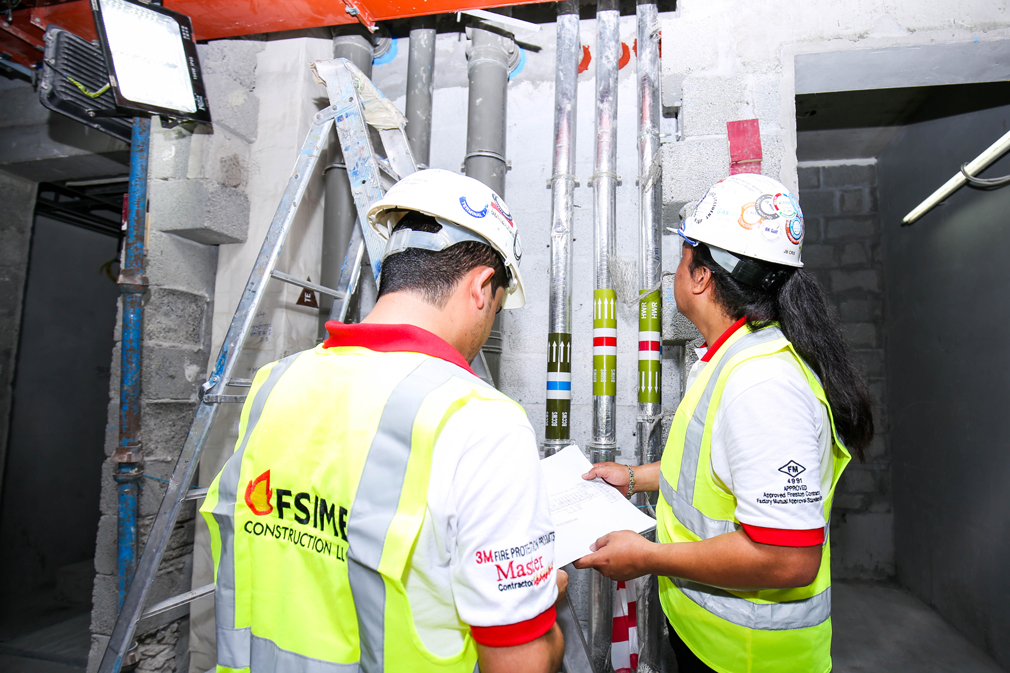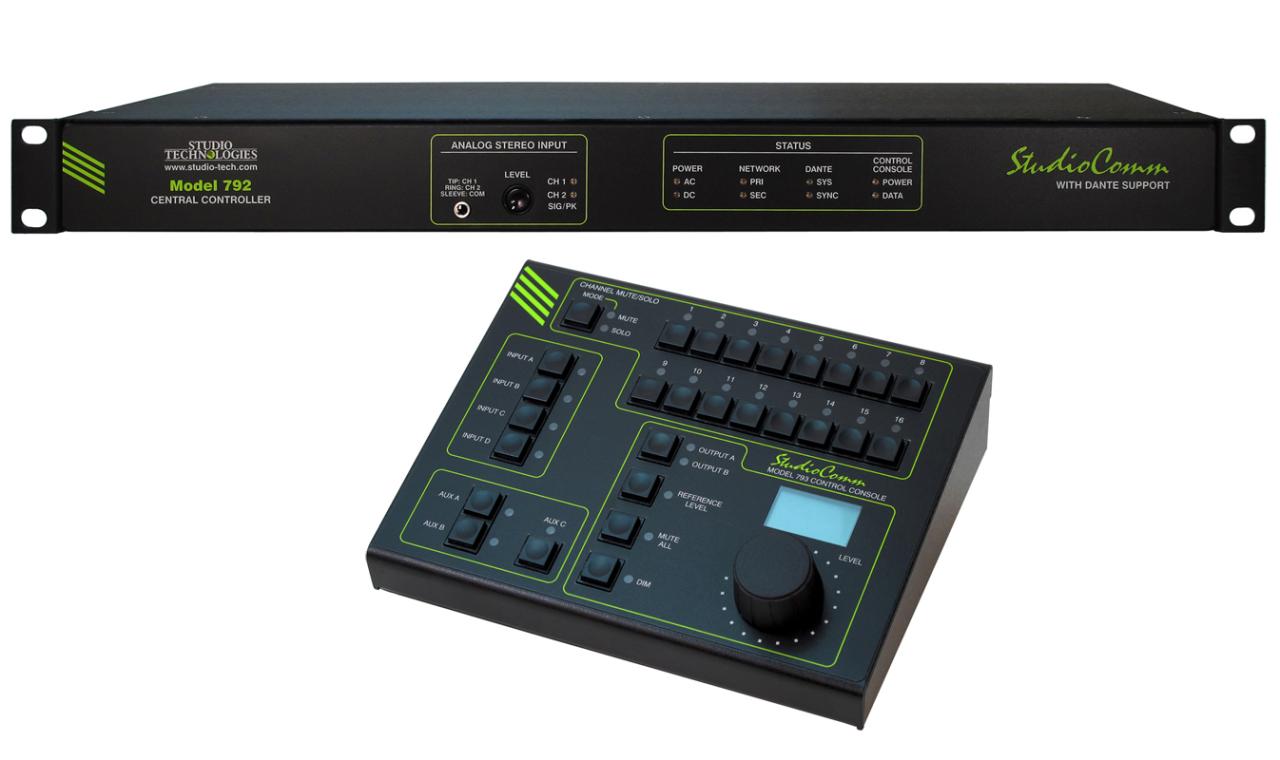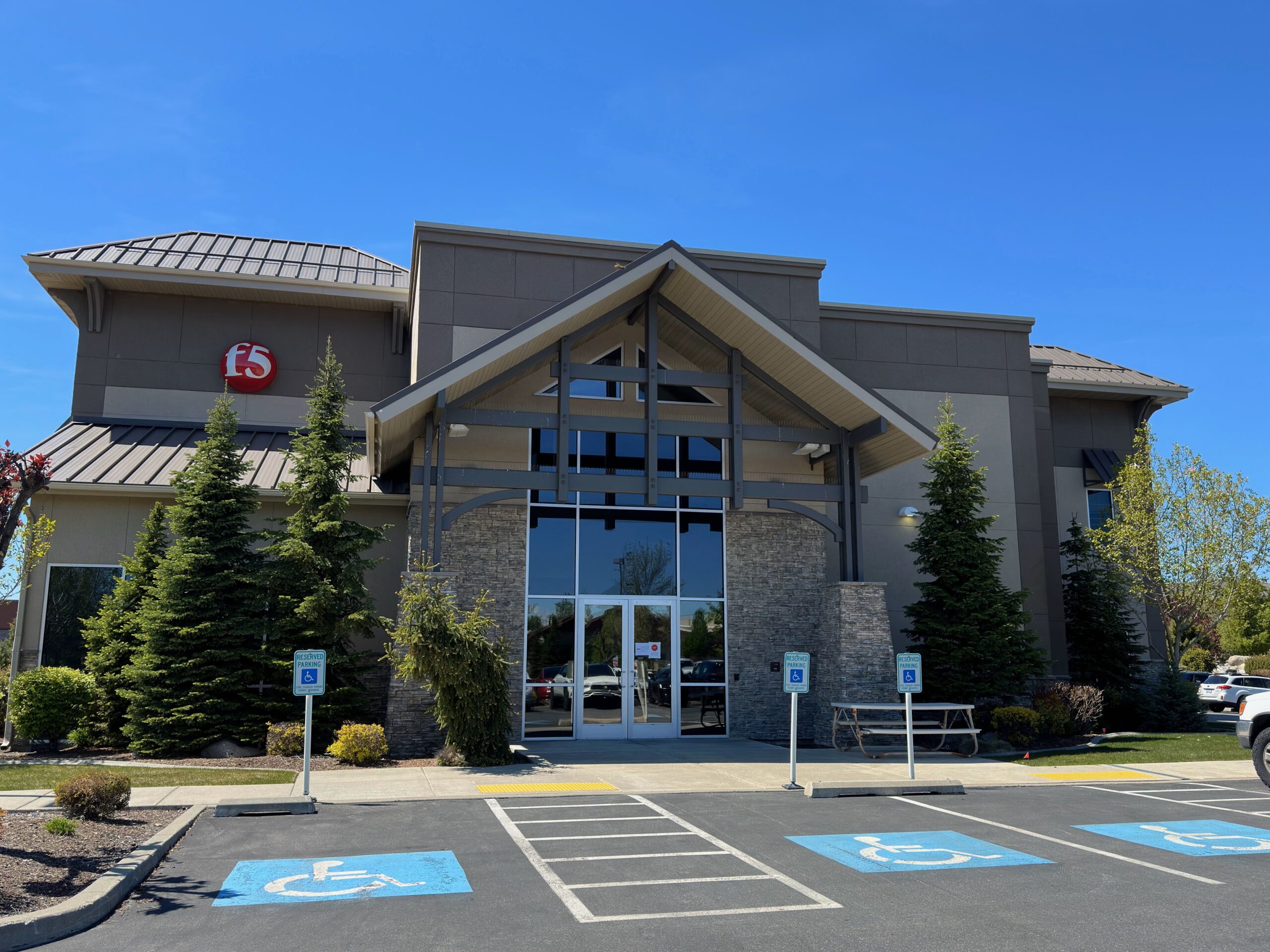Sheathing Technologies: Building Strength and Efficiency
Sheathing technologies are the unsung heroes of modern construction, forming the invisible backbone that supports our homes and buildings. From the materials used to the techniques employed, sheathing plays a […]
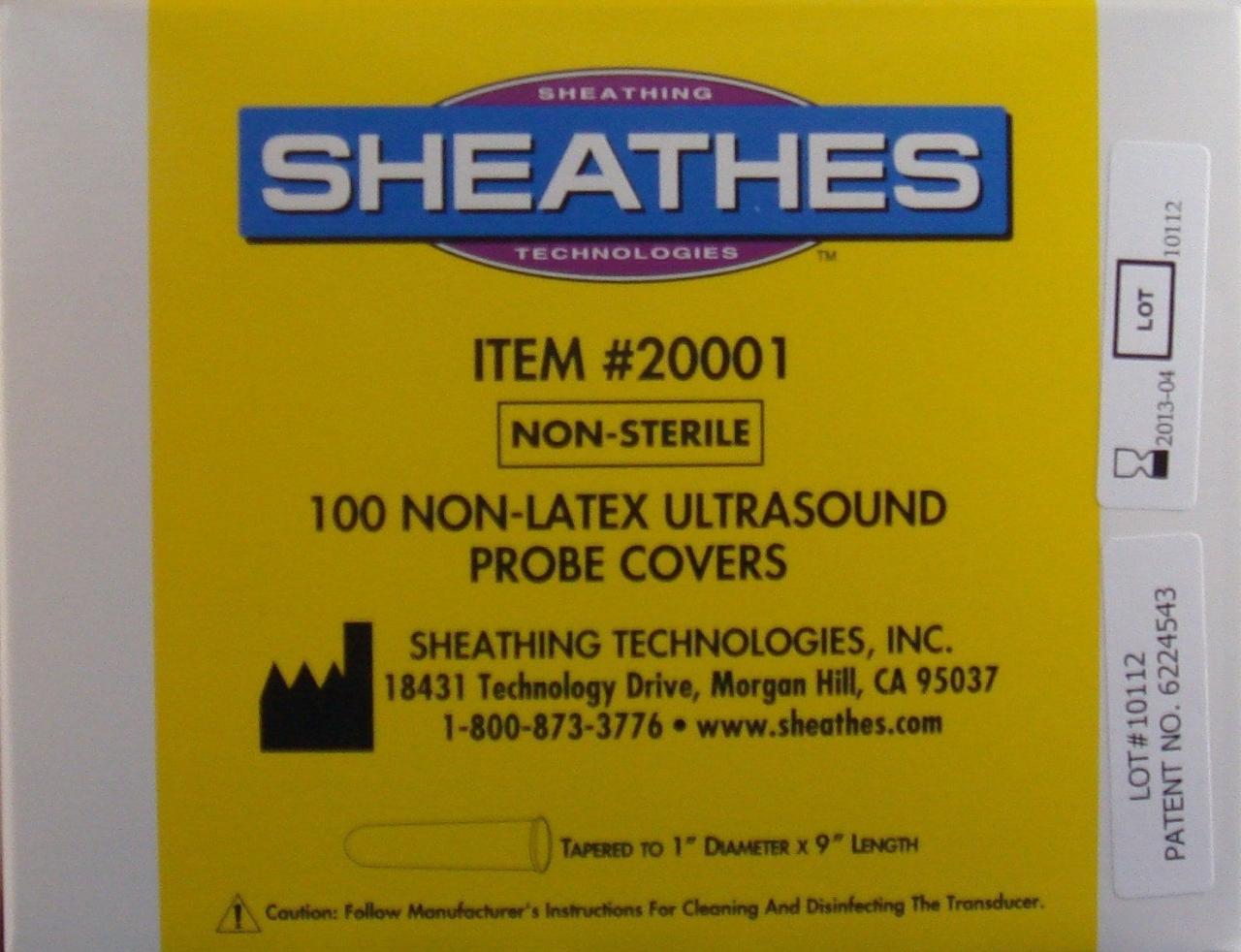
Sheathing technologies are the unsung heroes of modern construction, forming the invisible backbone that supports our homes and buildings. From the materials used to the techniques employed, sheathing plays a critical role in structural integrity, energy efficiency, and even aesthetic design.
This comprehensive guide delves into the world of sheathing, exploring the various materials, installation methods, and design considerations that contribute to a strong, safe, and sustainable built environment. We’ll uncover the latest advancements in sheathing technologies and analyze their impact on the future of construction.
Emerging Sheathing Technologies

The construction industry is constantly evolving, and sheathing technologies are no exception. New materials, installation methods, and design approaches are emerging, promising enhanced performance, sustainability, and cost-effectiveness. This section delves into these advancements, exploring their potential benefits and challenges.
Innovative Materials
The development of new materials is driving innovation in sheathing technologies. These materials offer improved properties compared to traditional wood sheathing, such as greater strength, durability, and resistance to moisture and fire.
- Oriented Strand Board (OSB): OSB is a widely used sheathing material made from wood strands bonded together with resin. It is known for its strength and affordability. Recent advancements in OSB production have led to improved moisture resistance and fire performance.
- Structural Insulated Panels (SIPs): SIPs are prefabricated panels consisting of an insulating core sandwiched between two structural facings. They offer excellent thermal performance and can be installed quickly, reducing labor costs.
- Fiber Cement Sheathing: Fiber cement sheathing is a durable and fire-resistant material made from a mixture of Portland cement, cellulose fibers, and mineral additives. It is highly resistant to moisture and insects, making it suitable for exterior applications.
- Recycled Plastic Sheathing: As the construction industry seeks to reduce its environmental impact, recycled plastic sheathing is gaining traction. This material is made from recycled plastic waste, offering a sustainable alternative to traditional sheathing materials.
Advanced Installation Methods
Beyond material innovation, advancements in installation methods are also transforming sheathing technologies. These methods aim to improve efficiency, reduce labor costs, and enhance performance.
- Automated Sheathing Installation: Robotics and automation are being introduced to sheathing installation, offering faster and more precise application. This technology can reduce labor costs and improve the consistency of the sheathing system.
- Pre-Fabricated Sheathing Systems: Pre-fabricated sheathing systems offer off-site construction advantages, reducing on-site labor and weather delays. These systems can be customized to meet specific project requirements and can be installed quickly and efficiently.
- Drywall-Sheathing Integration: Integrating drywall and sheathing into a single system can streamline construction processes, reducing the need for separate layers and simplifying installation. This approach can also improve thermal performance and sound insulation.
Design Approaches
The design of sheathing systems is evolving to meet the increasing demands for energy efficiency, resilience, and sustainability.
- High-Performance Sheathing: High-performance sheathing materials offer improved insulation, air sealing, and moisture resistance. These materials can contribute to energy savings and a more comfortable living environment.
- Integrated Building Envelope Systems: The concept of integrated building envelope systems focuses on optimizing the interaction between different building components, including sheathing, insulation, and cladding. This approach aims to create a more efficient and resilient building envelope.
- Sustainable Sheathing Solutions: The use of recycled materials, renewable resources, and low-embodied energy products is becoming increasingly important in sheathing technology. This focus on sustainability helps to reduce the environmental footprint of buildings.
Potential Benefits and Drawbacks, Sheathing technologies
Emerging sheathing technologies offer a range of potential benefits, including:
- Improved Performance: New materials and installation methods can enhance the strength, durability, moisture resistance, and energy efficiency of sheathing systems.
- Reduced Costs: Automation, pre-fabrication, and streamlined installation processes can reduce labor costs and improve construction efficiency.
- Increased Sustainability: The use of recycled materials and renewable resources promotes sustainable building practices.
However, these technologies also present some potential drawbacks:
- Higher Initial Costs: Some emerging sheathing technologies may have higher initial costs compared to traditional options.
- Limited Availability: New technologies may not be readily available in all regions or may require specialized expertise for installation.
- Uncertain Long-Term Performance: Some emerging materials and technologies may have limited long-term performance data, requiring further research and evaluation.
Future Trends
The future of sheathing technology is likely to be shaped by advancements in materials science, automation, and building codes.
- Advanced Materials: Research and development in materials science will continue to drive innovation in sheathing materials, leading to the creation of even stronger, more durable, and sustainable options.
- Increased Automation: Automation is expected to play a more significant role in sheathing installation, leading to greater efficiency, precision, and safety.
- Evolving Building Codes: Building codes are constantly evolving to incorporate new technologies and promote energy efficiency and sustainability. This will likely influence the development and adoption of emerging sheathing technologies.
Sheathing Standards and Regulations: Sheathing Technologies
Sheathing, the structural layer that provides support and stability to walls and roofs, is subject to stringent standards and regulations to ensure building safety and performance. These codes and standards, developed by organizations like the International Building Code (IBC) and the American Society for Testing and Materials (ASTM), Artikel the minimum requirements for sheathing materials, installation methods, and overall performance.
Building Codes and Standards
Building codes and standards play a crucial role in dictating the selection and installation of sheathing. They specify the minimum requirements for sheathing materials, such as:
- Material Type: Codes typically allow for a range of sheathing materials, including oriented strand board (OSB), plywood, and structural insulated panels (SIPs). They define the minimum requirements for thickness, density, and structural properties for each material.
- Installation Requirements: Codes Artikel specific installation methods, including proper fastening, spacing, and alignment of sheathing panels. They also specify the minimum requirements for shear resistance and load-bearing capacity.
- Performance Standards: Codes often reference ASTM standards that define the performance characteristics of sheathing materials, such as resistance to moisture, fire, and insects.
Sheathing Requirements for Different Building Types
Building codes and standards vary depending on the type of building and its intended use. Here are some examples:
- Residential Buildings: Codes for residential buildings typically focus on ensuring structural integrity and safety for occupants. They may require specific sheathing materials and installation methods based on factors like building size, location, and climate.
- Commercial Buildings: Codes for commercial buildings often have more stringent requirements due to the increased occupancy and potential for higher loads. They may specify higher performance standards for sheathing materials and installation methods.
- Industrial Buildings: Codes for industrial buildings typically address the specific needs of heavy machinery, high-traffic areas, and potential hazardous materials. They may require specialized sheathing materials with enhanced fire resistance, moisture resistance, and load-bearing capacity.
Sheathing Requirements for Different Geographical Locations
Building codes and standards also vary based on geographical location due to factors like climate, seismic activity, and wind loads. For example:
- Hurricane-Prone Regions: Building codes in hurricane-prone regions often require higher wind resistance for sheathing materials and installation methods. This may involve using thicker sheathing, stronger fasteners, and additional bracing.
- Earthquake-Prone Regions: Building codes in earthquake-prone regions often require sheathing materials and installation methods that can withstand seismic forces. This may involve using shear-resistant sheathing panels, flexible fasteners, and special bracing techniques.
- Cold Climates: Building codes in cold climates may require sheathing materials with enhanced insulation properties to prevent heat loss and moisture buildup. This may involve using insulated sheathing panels or additional insulation layers.
Impact of Building Codes and Regulations on Sheathing Selection and Installation
Building codes and regulations have a significant impact on the selection and installation of sheathing materials and techniques. They:
- Ensure Building Safety: Codes and standards are designed to ensure the structural integrity and safety of buildings, protecting occupants from potential hazards.
- Promote Consistency: They establish consistent standards for building construction, ensuring that all buildings meet minimum requirements for performance and durability.
- Guide Material Selection: Codes and standards provide guidance on the selection of appropriate sheathing materials based on factors like building type, location, and intended use.
- Dictate Installation Methods: They Artikel specific installation methods for sheathing, ensuring proper fastening, spacing, and alignment for optimal performance.
Conclusive Thoughts
Understanding sheathing technologies is essential for architects, builders, and homeowners alike. By making informed decisions about sheathing materials and installation techniques, we can ensure the longevity, performance, and value of our structures. As we continue to push the boundaries of innovation in construction, sheathing technologies will undoubtedly play an even greater role in shaping the future of building design.
Sheathing technologies play a crucial role in protecting and enhancing the performance of various structures and components. From the protective layers on cables to the insulation on buildings, these technologies ensure longevity and efficiency. Similar to the way scuba technology provides divers with the necessary equipment to explore underwater environments, sheathing technologies enable us to harness the power of various materials and systems in challenging conditions.
